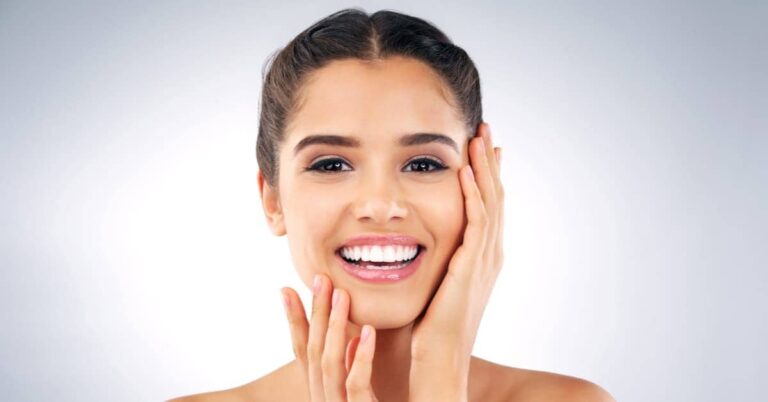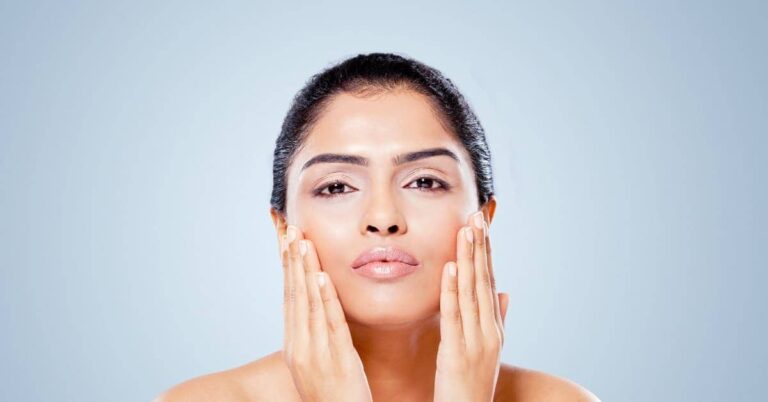6 False Claims That SPF in Makeup Is Enough Protction

Why Your Cushion Compact Isn’t Your Sunscreen
You’re hustling out the door on a blazing June morning. Traffic is already honking, your phone is buzzing, and you’ve got 30 seconds to look “meeting‑ready.” A few dabs of that SPF 15 foundation, a swirl of setting powder, swipe of lip balm—and boom, done! After all, the label says “broad‑spectrum,” so you’re safe, right?
Not quite. India’s UV index routinely spikes past 11 by late morning, even in monsoon season. That means your skin is soaking up the kind of invisible radiation that speeds up dark spots, dullness, and—yes—premature lines. Makeup with SPF is convenient, but it rarely gives the full‑on armor your skin deserves.
In this guide, you’ll discover six myths that trick busy professionals and Gen Z-ers alike, and you’ll leave with a step‑by‑step game plan that fits right between brushing your teeth and that first sip of chai.
Ready to shield your glow for real? Let’s bust some myths.
How Much SPF Does Makeup Actually Deliver?
Here’s a one-minute reality check. SPF ratings are tested in labs where 2 mg of product covers every square centimeter of skin—that’s a thick, opaque layer, about half a teaspoon for your face alone. Most of us use barely 20–25% of that when applying foundation or cushion compacts, which means an “SPF 30” base may protect like an SPF 6 in real life.
Powders fare even worse—they sit lightly on peaks (cheeks, nose) and skip the valleys (pores, fine lines).
Bottom line: Makeup can supplement but cannot replace sunscreen. Keep that fact parked in your mind as we unpack the six biggest myths whispering from cosmetic counters and social feeds.

My Foundation’s SPF 15 Is Plenty for City Life
The Belief
You figure metro living means more time under office LEDs than blistering sun. SPF 15 in your liquid foundation sounds fine for short coffee runs and the Uber ride home.
The Reality
India’s Tier‑1 cities record UV index scores of 9–12 for eight months a year. UVA rays penetrate clouds, window glass, and car windshields. An SPF 15 foundation applied sparingly blocks maybe 7–10% of that on a good day—about as helpful as half an umbrella in a downpour.
Quick Fix
Friendly Tip: Matte mineral sunscreens feel lighter and cut midday shine, so you don’t sacrifice that polished finish.
Use a broad‑spectrum sunscreen (SPF 30+ PA+++) after moisturizer.
Wait 5 minutes to let it set—then buff foundation lightly.
Carry a mini tube for touch-ups by lunchtime if you sit near windows.
Layering Extra Foundation Multiplies Protection
The Belief
Two pumps protected me; four must double the shield, right?” More layers equal more SPF—or so the logic goes.
The Reality
Imagine thinning a can of paint: each coat mixes with the one below, so pigment gets diluted rather than stacked. Same with SPF pigments in foundation—they disperse, not accumulate.
Quick Fix
Blot, Don’t Buff: Use tissue to dab oil, not powder foundation.
Use two fingers’ worth of sunscreen (~1 g) under makeup—non‑negotiable.
Try tinted mineral sunscreen if you want coverage—iron oxides also block visible light.

A Dusting of SPF Setting Powder Seals the Deal
The Belief
You set your base with an ultra-fine powder boasting SPF 30. It seems perfect for Kolkata humidity, and beauty bloggers swear by it.
The Reality
SPF powders disperse mere micrograms per swipe. You’d need so much powder your face could rival a pastry. Plus, powders protect mostly high points—cheekbones, forehead—leaving creases and hairline exposed.
Quick Fix
Apply a hydrating mist before powder—helps it cling and keeps skin comfy.
Think of powder as a top‑up, not a base.
Use brush‑on mineral sunscreen—portable tubes with built‑in brushes make reapplication easy.
I Work Indoors—Blue Light Shields Me Enough
The Belief
You’re chained to a laptop indoors. Surely phone screens are the bigger culprit, and your makeup blocks them, right?
The Reality
Office UV meter checks in Mumbai tech parks show UVA levels at 30–40% of outdoor peaks. UVA penetrates deeper, triggering melasma and aging. Blue-light filters can’t block UVA coming through windows.
Quick Fix
Keep a mini SPF stick at your desk—swipe before lunch.
Choose broad-spectrum sunscreens with UVA/UVB or PA ratings.
Add an antioxidant layer like Vitamin C serum under sunscreen.
Reapplying Makeup = Reapplying Sunscreen
The Belief
At 3 p.m., you blot oil, press cream blush, refresh lipstick—boom, SPF refreshed, right?
The Reality
Unless you apply the full 2 mg/cm² again, your touch-up adds little. Blotting papers often remove sunscreen, reducing coverage by up to 60%.
Quick Fix
Reapply every 2–3 hours, especially near windows or if you go outside.
Use cushion sunscreen compacts—Korean-style puffs apply over makeup easily.
Try SPF setting sprays—spritz generously and let dry.

SPF 50 Cushion Compact Equals Full Sunscreen
The Belief
An SPF 50 label feels like a superhero cape. Surely a sheer cushion compact does the trick?
The Reality
SPF is logarithmic, not linear. SPF 50 blocks ~98% of UVB, SPF 30 blocks ~97%. But only if applied at full density. Cushions give whisper-thin coverage—great for glow, poor for protection.
Quick Fix
Don’t skip evening care—double-cleanse and use a fragrance-free barrier cream.
Use two-finger rule with a real sunscreen—apply cushion after.
Always check PA+++ or PA++++ ratings for UVA protection.
The Right Way to Layer Makeup and Sun Protection
Post-Sun Soothe (Night) – Aloe gel mask + barrier cream.
- Cleanse & Pat Dry – Gentle gel wash to remove night‑time sebum.
- Antioxidant Serum (Optional) – Vitamin C or green tea. Wait 30 seconds.
- Moisturizer – Gel-cream if oily; lotion if dry.
- Broad-Spectrum Sunscreen (SPF 30+ PA+++) – Two fingers’ length (~1 g) for face and neck.
- Primer (Optional) – Silicone-free if acne-prone.
- Foundation / Cushion – Thin veil; spot-conceal instead of layering.
- Setting Powder (Optional) – Only on T-zone.
- Mid-Day Re-Shield – Cushion sunscreen, stick, or brush-on powder every 2–3 hours.

UV Index vs. Real‑World Coverage
| UV Index (India Noon) | Feels-Like Burn Time¹ | SPF 30 Makeup (Real-Use)² | Recommendation |
|---|---|---|---|
| 3–5 (Monsoon) | 45–60 min | SPF 6 | Full sunscreen every 3 hrs |
| 6–8 (Winter Sun Delhi) | 30–40 min | SPF 5 | Full sunscreen + hat |
| 9–11+ (Summer) | 15–25 min | SPF 4 | Full sunscreen, reapply every 2 hrs |
¹ Average for Fitzpatrick IV–V Indian skin tones
² Based on 0.4 mg/cm² foundation use
FAQs About SPF and Makeup
Q1. Can I mix sunscreen with foundation to save a step?
No. You’ll dilute both formulas. Layer, don’t mix.
Q2. What about BB or CC creams with SPF 30?
Decent for weekends. Weekdays need a full base layer.
Q3. Do darker skin tones need as much SPF?
Yes. Melanin offers SPF 2–3 at best. Hyperpigmentation risk is higher.
Q4. Is physical (mineral) better than chemical sunscreen?
Both work. Choose one that feels good and doesn’t sting—so you’ll actually use enough.
Q5. Will sunscreen clog my pores?
Look for “non-comedogenic” and do a patch test. Gel textures work well in humid climates.

Your Next Morning Move
You now know that SPF in makeup isn’t enough—and that reapplying blush isn’t the same as re‑shielding your skin. Just two fingers of real sunscreen before foundation can mean fewer dark spots, softer lines, and a confident glow that lasts well past sunset.
Ready for action?
- Download our 60‑Second Sunscreen Checklist
- Stick it to your dresser
- Share this with one friend who still swears by “foundation‑only protection”
Your future self—and your selfie cam—will thank you.
Shine on, safely!







